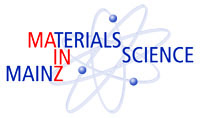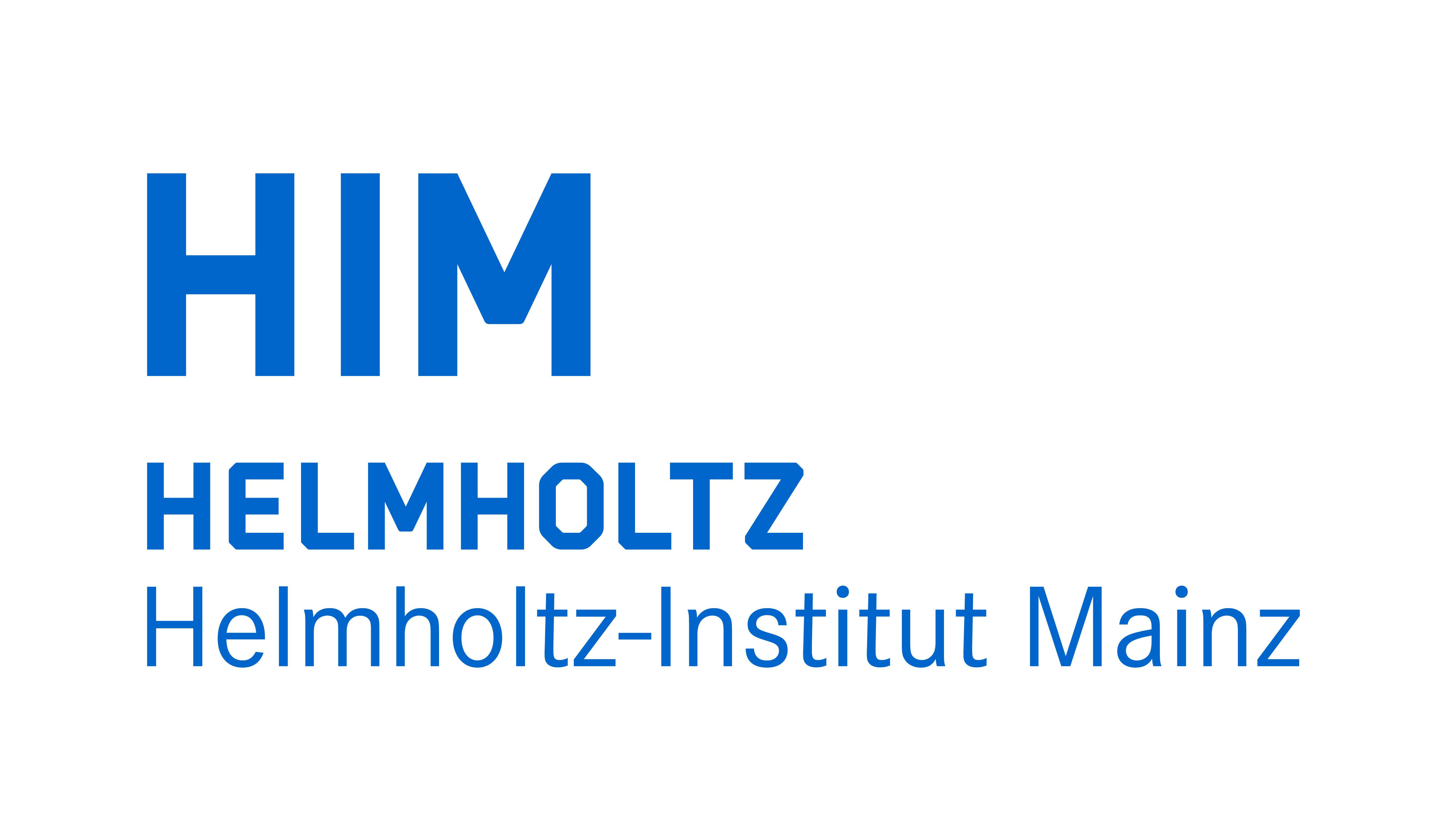


Physikalisches Kolloquium
June 18, 2024 at
4:15 p.m.
in
HS KPH
Prof. Dr. Alfons Weber
Institut für Physik
a.weber@uni-mainz.de
Prof. Dr. Hartmut Wittig
Institut für Kernphysik
hartmut.wittig@uni-mainz.de
Novel Radionuclides for Medical Applications: from the Nuclear Lab to Patients
Dr. Thomas Cocolios (KU Leuven, Belgium)
Nuclear medicine is currently experiencing some major changes and developments: Lu-177 has become a standard radionuclide for patient care, in particular with Lutathera® and Pluvito®, two recently marketed drug for endocrine and prostate cancers, respectively. Those successes are but the tip of the iceberg of possibilities: with 3000 radionuclides synthesized in the laboratory, it seems unbelievable that only a handful are actually used in medical applications. This is mostly due to the absence of a supply pipeline to support research until their production is picked up by the industry. To break that paradigm, CERN has established the MEDICIS facility (MEDical Isotopes Collected from ISolde), where the techniques developed for the last 50 years on radioactive ion beams are now applied to produce medical radionuclides for research. The success of the development of non-carrier-added Sm-153 has led it to first clinical trials in 2024. At the European level, this has triggered a new consortium, federated around MEDICIS but with a larger reach, as PRISMAP, the European medical radionuclide programme.
Attachment